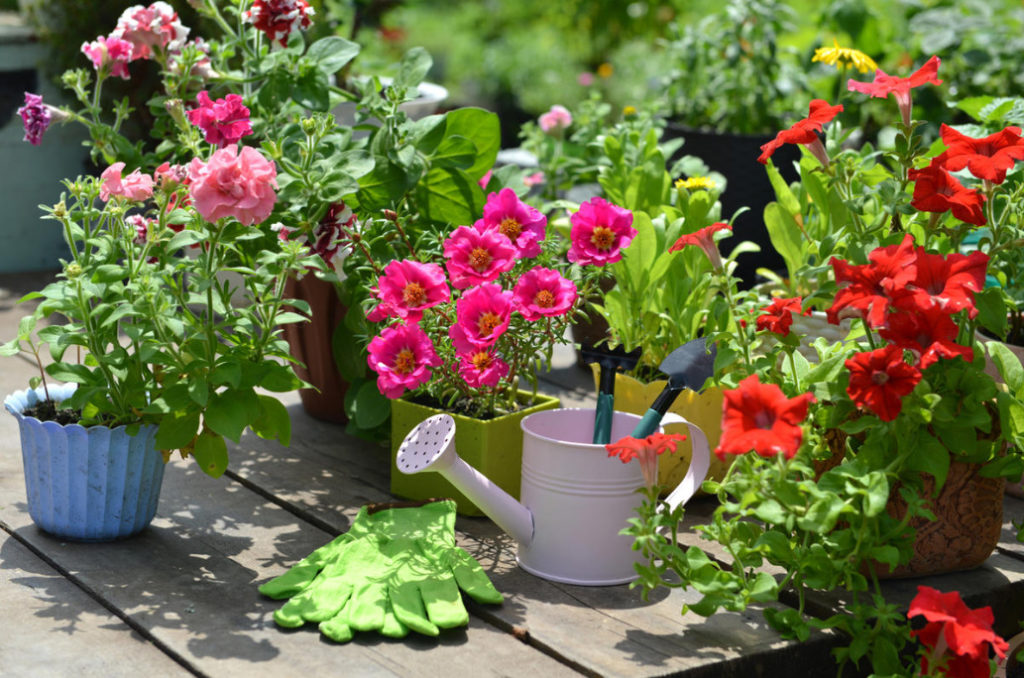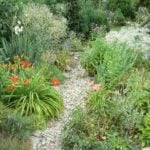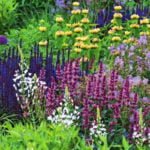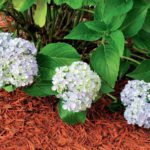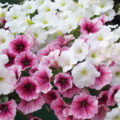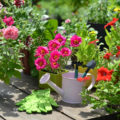6. Nemophila
Let’s go from big to small: Nemophila rarely grows above 30 cm. A charming annual with creeping shoots, a huge plus — it is not aggressive.
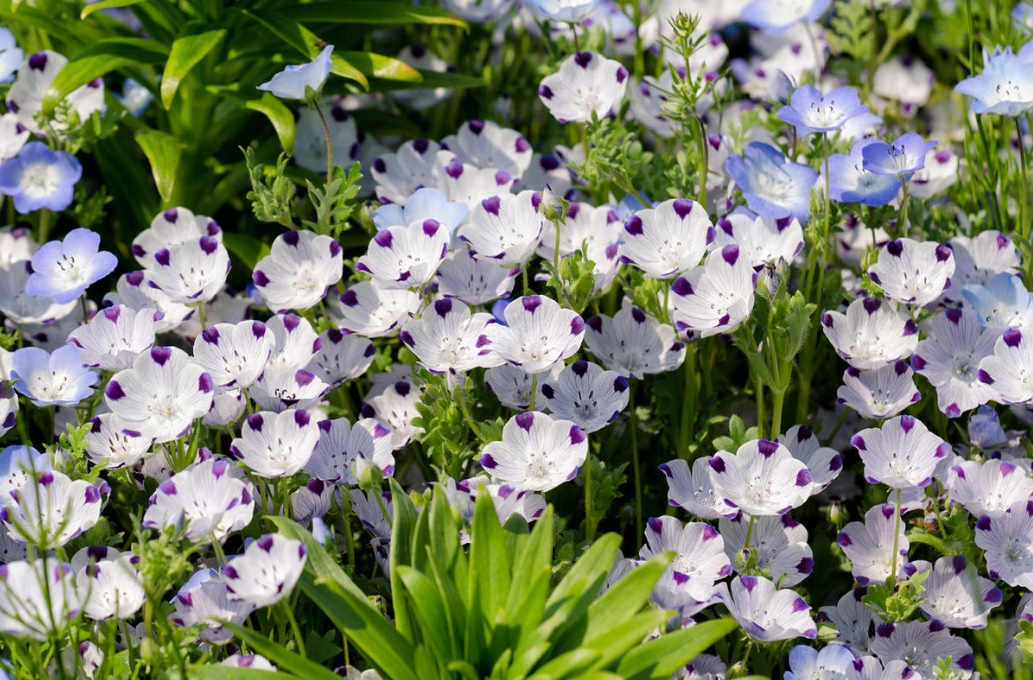
Nemophila is a gentle creature, it will have to be constantly watered. Since the flowering is very abundant, even on fertile chernozem, I constantly feed it by adding a little fertilizer to the water for irrigation.
There are few Nemophile pests: except that slugs are not averse to eating young leaves. If you have such animals, be prepared to repel, or even better — to prevent attempts to gnaw tender plants.
7. Petunia
Experienced gardeners are familiar with Petunia firsthand, and for beginners who decided to settle her in their flower garden for the first time, I strongly recommend that you first acquire theoretical knowledge and only then move on to practice. Start with a short explanatory dictionary of terms, then look at the list of care work, be sure to take note of the rules for feeding petunias and look at the most spectacular planting methods.
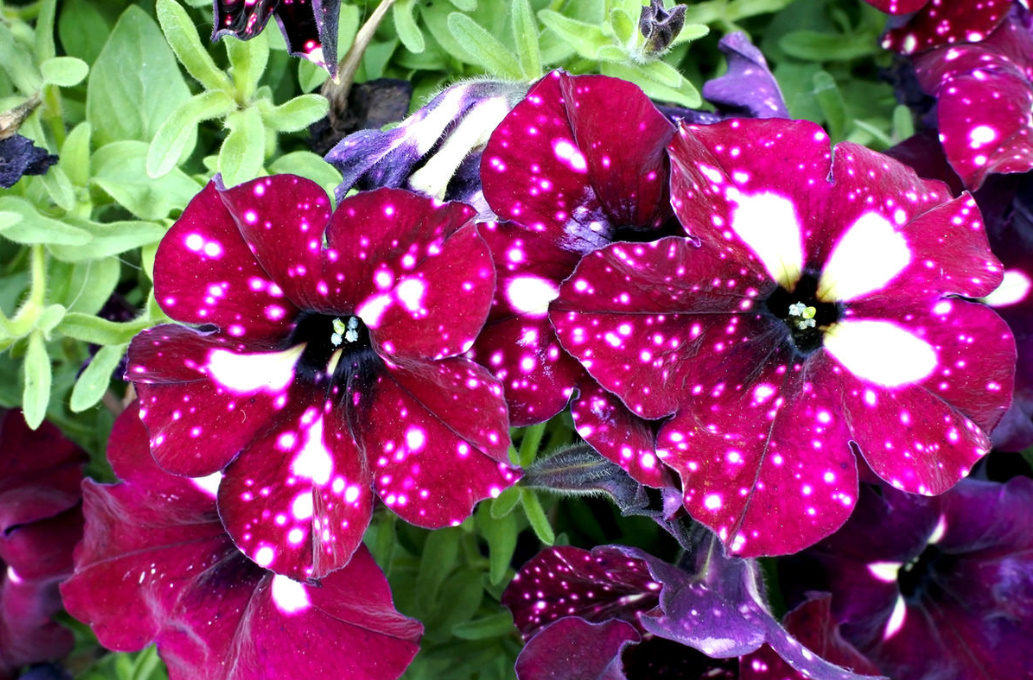
These magically beautiful annuals are good for everyone, but I had to master their pruning: in conditions of dry hot summer, the stems quickly bare at the base. I practice a gentle way — I cut off about a third of the shoots. After 7-10 days — another third, by this time the leaves are already growing on the first batch. The final third of the shoots blooms until the buds appear on the first one. Thus, the plant experiences less stress, the bush does not remain naked, the flowerbed is decorative all the time.
8. Portulaca grandiflora
A charming low annual is ideal for rockeries, it makes great curbs, and it will also be extremely good just as a clearing! If you do not have the opportunity to water the plantings regularly, Portulaca grandiflora is an ideal candidate for country flower beds!
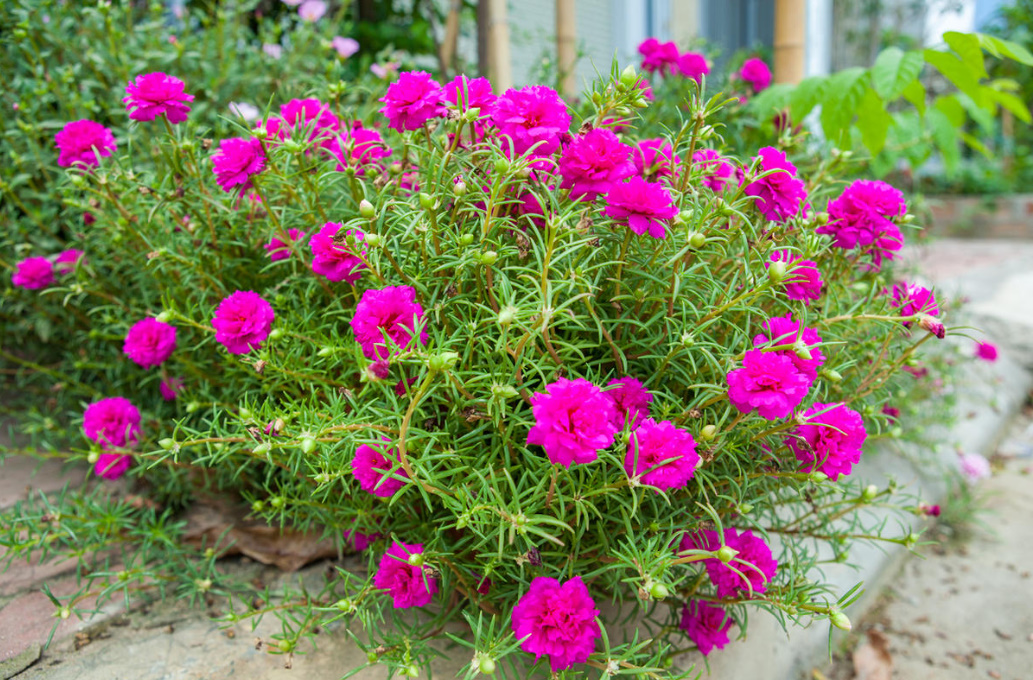
Prefers the sun, but blooms well in partial shade. It feels great in a limited amount of soil (in this case, regular watering and periodic fertilizing are mandatory).
It reproduces perfectly by self-seeding and cuttings. It is resistant to diseases and pests. During periods of drought, it can shed leaves, which makes it ugly. Then there is only one way out — pruning. But don’t worry, it grows back quickly!
9. Scaevola aemula
Accidentally bought a flowering plant already, without even knowing its name, and never regretted it! Scaevola aemula is an incredibly beautiful annual!
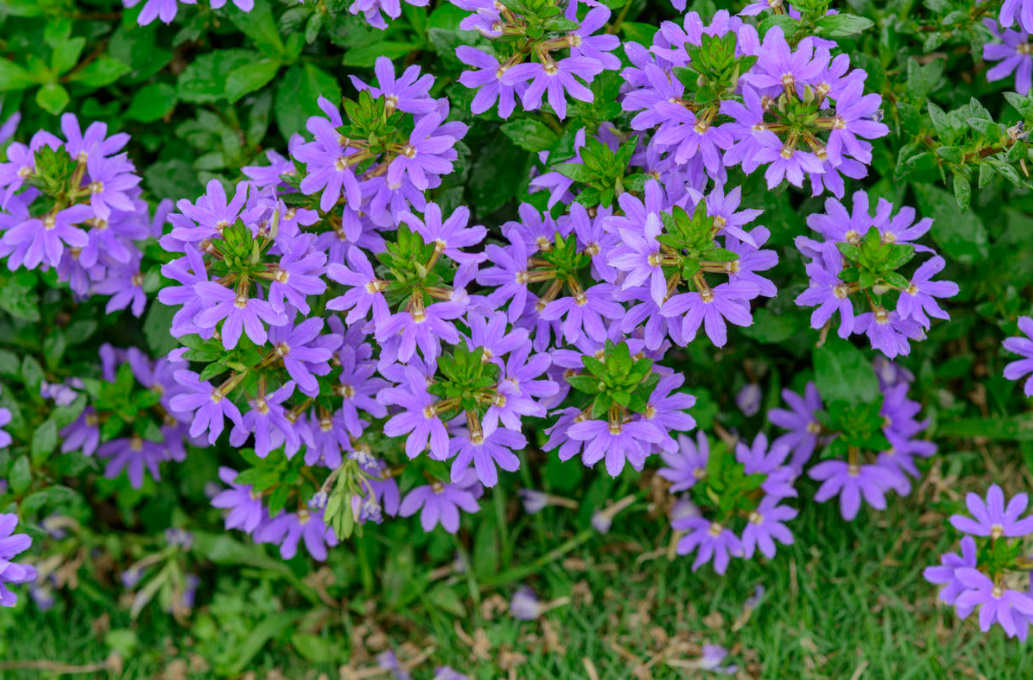
I admired the unusual flowers for a long time, afraid not to have time to look at them enough. But more and more new buds were blooming, the following immediately appeared in place of the trimmed withered flower stalks! She decorated the flower bed until late autumn, perhaps, and would have wintered under cover… But I, fearing that the Scaevola would freeze, decided to transplant it into a pot and bring it into the house. To my deep chagrin, the blue-eyed beauty did not survive the transplant.
10. Zinnia
Gardeners in the middle zone have sunny places in flower beds worth their weight in gold, and we can plant only the hardiest plants, including Zinnia, in the sun.
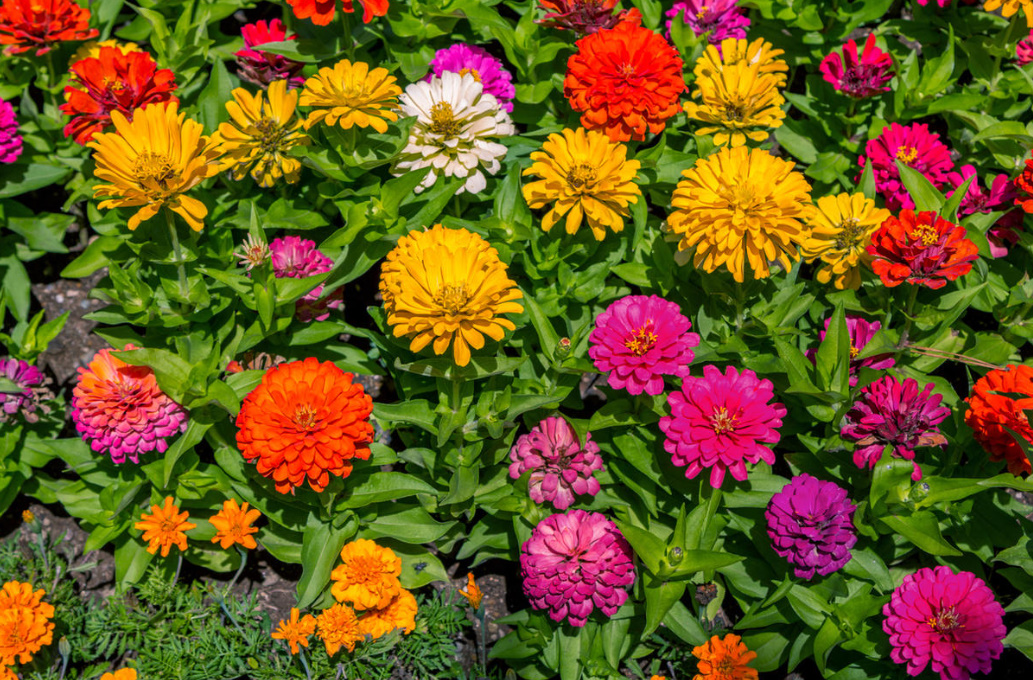
I like flowers that don’t have to be constantly circling around, looking for pests or signs of disease and wondering why the leaves suddenly turned pale or withered. Zinnia is a tough nut to crack. Regular watering (if there is no rain), periodic fertilizing, pruning of withered flowers — that’s all, she doesn’t need anything else! Not only does one flower live for a long time, so new and new ones bloom, until late autumn! I prefer compact, undersized varieties and hybrids, but this is a matter of taste, of course. Gardeners grow annual species, although there are also perennial ones.
I told about my favorite annuals and perennials, which will bloom continuously all summer until late autumn. I hope that in return you will share your valuable finds, and our flower beds will become even more beautiful!
